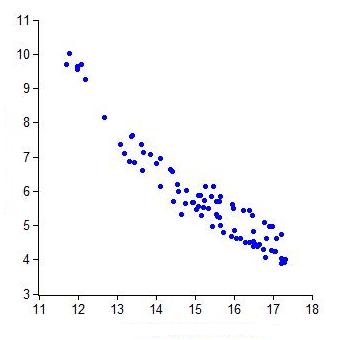This is an interesting article about variations on the pay-what-you-wish pricing model that has gained some attention in the last few years.
https://www.discovermagazine.com/planet-earth/caring-with-cash-or-how-radiohead-could-have-made-more-money
The band Radiohead famously offered their album “In Rainbows” on their website and asked fans to pay whatever they wanted for the download. The actual sales numbers are well-guarded, but it appears to have been a success.
The above article details how an amusement park merged the pay-what-you-want approach with a half-goes-to-charity approach (telling the customer that half of the purchase price is donated to charity). The product in question was a picture of the customer riding a roller coaster. Let’s abbreviate with PWYW (Pay What You Wish), HGTC (Half Goes to Charity), and PWWTY (pay-what-we-tell-you):
| Percent Sales | Average Sale Price | |
| PWWTY | .5% | $12.95 |
| PWWTY & HGTC | .57% | $12.95 |
| PWYW | 8.4% | $0.92 |
| PWYW & HGTC | 4.5% | $5.33 |
When given the opportunity to pay whatever they wanted, participation increased dramatically, but revenue was still low–only 92 cents per person. But when combined with the half-goes-to-charity approach, participation was much higher and the price paid was significantly higher. Even after taking out the half for charity, revenue was still up by a factor of three!
This is a very interesting approach to pricing, and there are some cool psychological and sociological principles at work here. And it’s another set of factors to consider when that salesperson is working on you.



